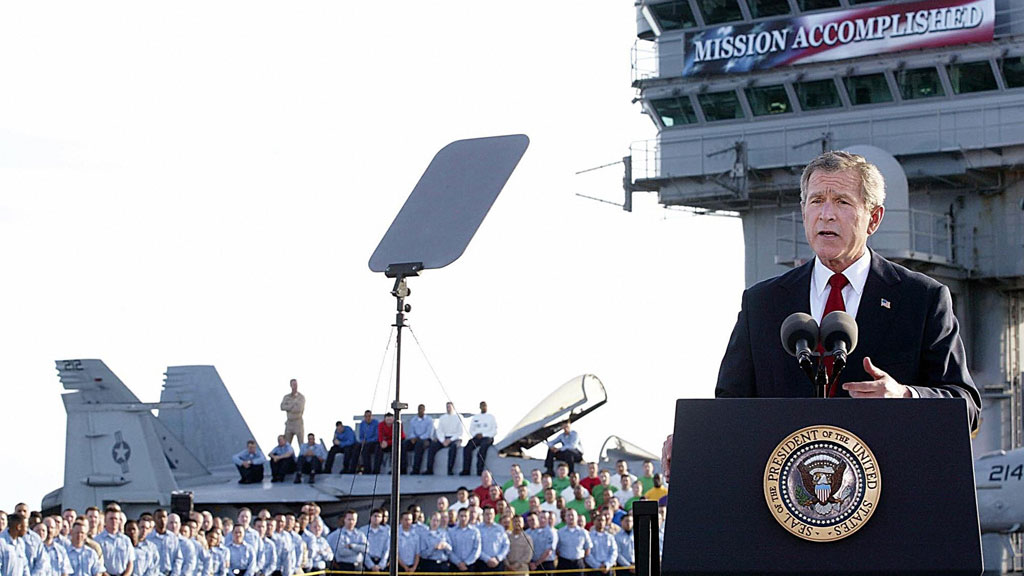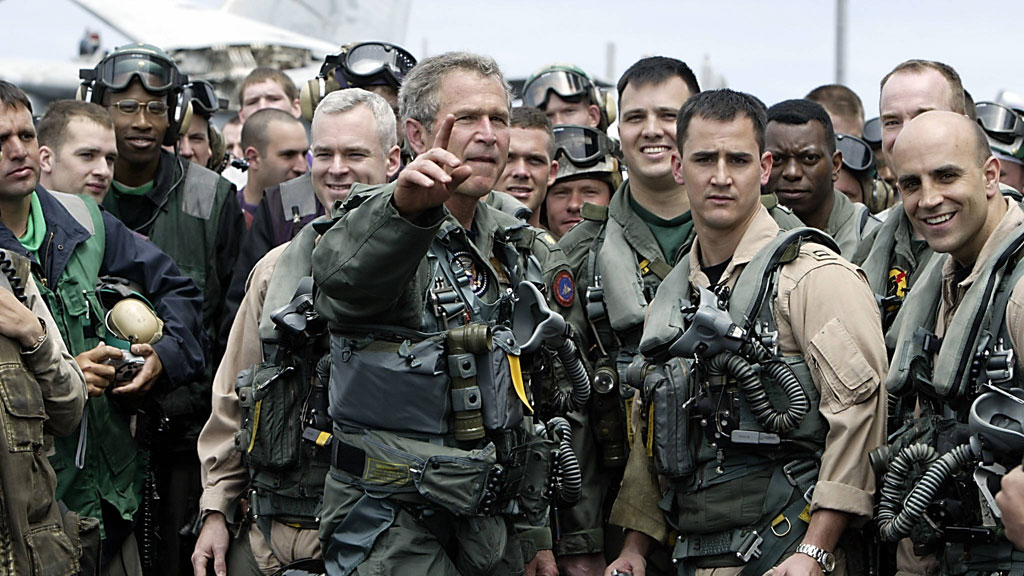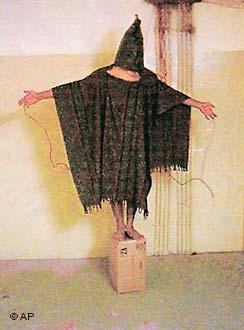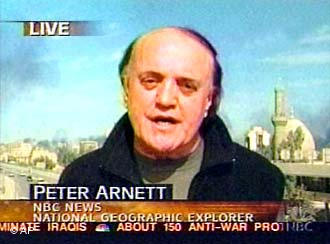Images as weapons of war

I would like to start by looking at the concept of "image operations". Could you explain what this is?
W. J. T. Mitchell: "Image operations" mainly exist in the theatre of war and in medical imaging. Usually the purpose of medical imaging is to heal. The purpose of image operations in the theatre of war, on the other hand, is to inflict or cause damage and to use images as instruments of war and propaganda or to reveal crime. So what is at stake here in a general way is the instrumental use of images.
It looks at images where they exist not so much for themselves but as part of a discourse accompanied by statements. The images are statements themselves that have a political and ethical – maybe sometimes even a legal – function. But the general idea is very simple: how do we use images to produce effects in the real world?
If we look at the connection between images and war, can you imagine contemporary warfare without image operations?
Mitchell: No. I don't think so. The images are weapons. Sometimes they define the whole theatre of war, the field in which it is fought, whether it is in cyberspace, on the Internet, in journalism or in news photography.

Although there are many new versions of this, it is a very old practice. War has always been conducted by means of images. Back in the Peloponnesian War, the generals would often try to conquer a city with images – usually verbal images. The Athenian general Brasidas would make a speech at the walls of the city he was going to conquer and say: "I don't want to kill you, but imagine what will happen if you don't surrender. So open your gates, let my army in, you will be my colony and everything will be fine." He often conquered cities without violence by portraying verbal images of what might happen.
Then there is the trophy in the aftermath of war. A good contemporary example is when George W. Bush did his "Mission Accomplished". It was a photo opportunity on the aircraft carrier Lincoln that was a kind of revival of a very old practice: you declare victory and you produce some monumental images to go with it. The Greeks would set up a trophy monument saying "We fought here, we won, this is now ours", installing symbols of victory.
Coming back to your initial point, isn't there the risk that by defining images as weapons, we put lethal weapons on a level with images, making it a security discourse of the image?
Mitchell: Well, in a way it is a levelling. And it is a testimony to how important an image can be under certain conditions. When the Abu Ghraib photographs were first released, a military historian and an officer in the US Navy told me: "These photographs are more of a danger to the United States' interests than any weapons of mass destruction that could have been found in Saddam Hussein's arsenal".

There were no weapons of mass destruction, of course, but the Abu Ghraib photographs were turned into weapons against the US invasion of Iraq. In particular the iconic photo of the hooded man circulated all around the world. These photos played an important role in discrediting the American mission there and in turning Iraqis and most of the Arab World against it. But they also became a recruiting tool for Jihad. So those are different inflections of the same images. But both of them were used for mobilisation of the public and the mobilisation of protest or of counter-violence. So it is strange: even though the images themselves are weak and they don't kill anybody, they are important, in some way depending on the reception of the audiences.
What is the particularity of the Abu Ghraib photographs?
Mitchell: One of the great ironies of that body of photographs is that they were produced by the state, by agents of the state. CIA operators produced the content of them. But none of those agents appear in the photographs, only the soldiers appear on the photographs. There were many interpretations of how those photographs came to exist, why they showed what they showed, what this actual content reflected.
But there was also a moment in the aftermath when there was a containment effort. It was equally important from the state perspective to try to reframe them, saying they were exceptional, that they were not representative of anything larger. "A few bad apples spoiled the barrel" is the kind of saying that goes with this. So it was recognised by the state that these photographs could be turned against them, and they knew they had to do a containment operation.
Other scholars argued that the photographs fit into a kind of pornography of violence; because of the pleasure principle they just became assimilated into the normal stream of images and lost their power.
So can we say then if we look at the US and their allies in Iraq and Afghanistan, even though the military tried to make it a perfect image operation, in a way they failed because pictures like Abu Ghraib came up?
Mitchell: Yes. Most notably the victory photo became an embarrassment to the US government. The "trophy" shot had in fact been staged very carefully by the Bush administration. For "Mission accomplished", they portrayed the president dressed up in aviator garb as the American fly-boy hero. But it was immediately understood that the image was a huge mistake.

So photographs are double-edged weapons. You think you know what the meaning is and that people will take it at face value. The Bush Administration very quickly disavowed responsibility for the photograph: "Oh no, that just happened; we didn't stage it at all". But nobody believed it because it was so obviously staged.
You said that the most important weapon that was turned against the American Pro-War narrative was actually material produced by agents of the state. On the other hand, photographers from the US and the West were embedded with the US Army from the beginning of the operation and brought back the pictures that were planned by the image operation. Is this not a huge journalistic failure?
Mitchell: I agree. Even though not all journalists failed, I think the overall coverage of the Iraq War as such was a big failure. The antecedent of that occurred during the first Gulf War. The coverage was all framed in the discourse of the defence department and it was an effort to portray the war as a very surgical strike, employing by the way medical and military image operations.
Only Peter Arnett, who was a journalist in Bagdad at that time evaded being embedded inside the military discourse. When a building was bombed in Bagdad, he reported from the site. There were bodies lying on the ground; it was a marvellous example of a journalist doing his job, trying to tell the truth and to report from the battlefield. But when it was run on American television, they ran subtitles under it saying "This video has been cleared by Iraqi censors". The message was that we shouldn't believe what we were seeing.
Interview conducted by Felix Koltermann
© Qantara.de 2014
Editor: Aingeal Flanagan/Qantara.de